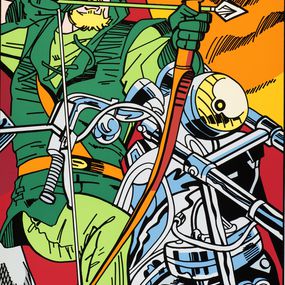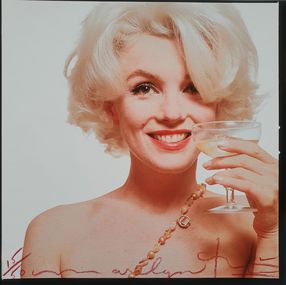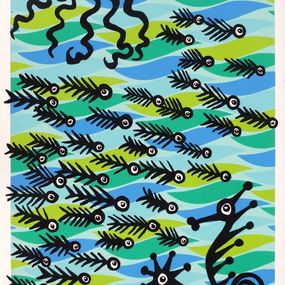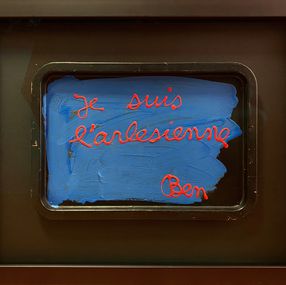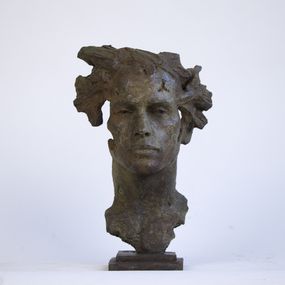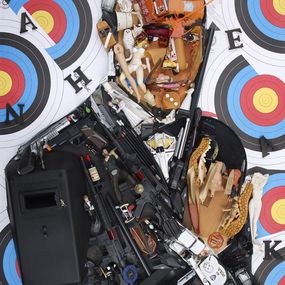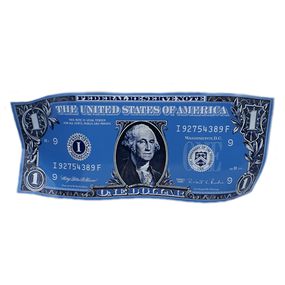
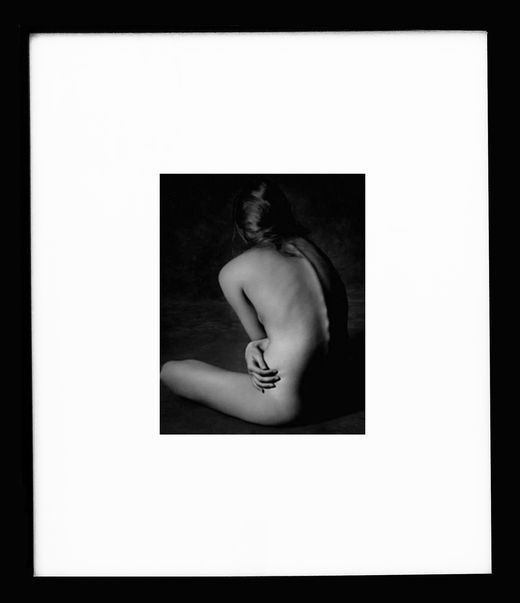
Biography
Albert Watson was born in Edinburgh. He studied graphic design at the Duncan of Jordanstone College of Art and Design in Dundee. He also trained in cinema and audiovisual at the Royal College of Art. Despite a failing eye, he also went to study photography, which he practiced as an amateur until 1970. That same year, when Albert Watson and his wife Elizabeth had just moved to the United States, Watson met a director. artist from Max Factor, who offered him a test shooting session. Watson sells two of the pictures to Max Factor, and his particular style is attracting the attention of American and European magazines such as Mademoiselle, GQ and Harper's Bazaar.
Albert Watson begins to make frequent trips back and forth between New York and Los Angeles. His first personality portrait is that of Alfred Hitchcock, holding a dead goose by the neck. The snapshot was featured in the Christmas issue of Harper's Bazaar, and would become one of his most famous portraits, among hundreds more. Because we are now tearing up the photographs of Albert Watson, and he will have the opportunity to take hundreds of pictures that will go around the world: rock stars, Hollywood icons, rappers, top models ... and even the Clinton couple, as well as Queen Elizabeth II.
In 1975, Watson won a Grammy Award for the cover of Mason's album Proffit Come and Gone. The following year, he did his first shoot for Vogue. A move to New York followed and the start of a world-class career. He continues the portraits, carries out hundreds of advertising campaigns.
Watson also makes commercials.
At the same time, he continues to expand his visual universe and work on personal projects, notably by drawing inspiration from his trips to Marrakech or Las Vegas. He will draw several collections of photographs from it: Cyclops; Morocco and Shot in Vegas.
Watson's photographs are regularly exhibited in galleries and museums around the world. The Photo District News, the leading magazine for photographers, has named Albert Watson one of the most influential photographers since the very invention of photography.
In June 2015, Albert Watson received an Award from Queen Elizabeth II for his lifetime contribution and achievements in photography.
Albert Watson still lives and works in New York City, in Manhattan's West Village. His studio, which also hosts private exhibitions, houses his archives, in the form of millions of prints and negatives - exceptional testimony to the photographer's journey, and to 40 years of photography.
Style
Albert Watson's visual language is characterized by a brilliance, an insistence, very marked contrasts. Lighting, in particular, reflects knowledge and extreme mastery of technique. The highlighting of the subjects, more specifically fetish objects and models, creates an atmosphere that invites meditation.
Bibliography:
Strip Search: Las Vegas, Albert Watson, Chronicle Books editions, 2010
UFO: Unified Fashion Objectives, at PQ Blackwell / Harry N Abrams, 2010
Albert Watson, Albert Watson, at Phaidon Press, 2007
Albert Watson - Stern Fotografie, chez Ster, 2005
Albert Watson, Albert Watson and Michele Schons, at Schirmer, 2002
Morocco, Albert Watson, Rizzoli editions, 1998
Mad Dog, Schirmer / Mosel editions, 1996
Cyclops, Albert Watson, Jeff Koons and Laurie Kratochvil; introduction by James Truman, Little editions, 1994.
Nationality
Themes





